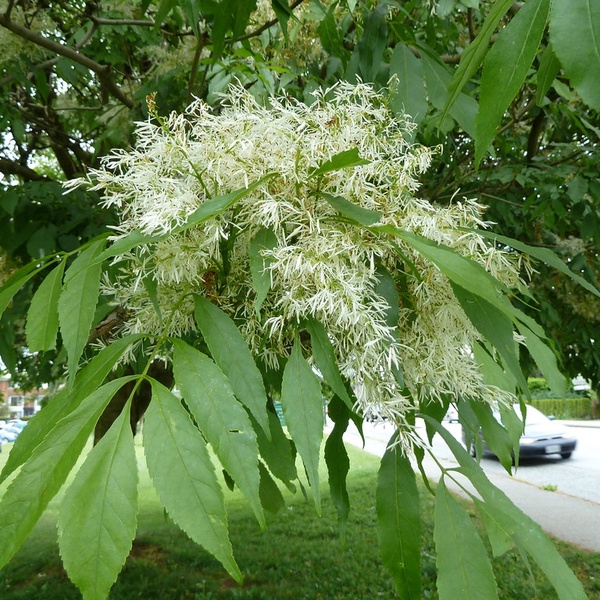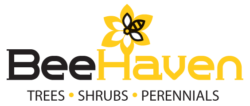Without bees our garden would be a very sad place. About 80% of the world’s plants require bees for pollination and many of those are the food plants we consume everyday. No apples, plums, squash or cucumbers for starters and certainly no honey. Not only the honey bees, but also bumble bees, leaf cutter bees, NZ native bees and the many varieties that pollinate the plants in our gardens, parks, bush and pastures.

In 2016, we started our own hives and currently have three. From the start it was very important to us that our bees were as healthy as possible. In recent years, bees all over the globe have suffered the effects of biodiversity loss, more pests and diseases and from the wide use of chemical sprays. New Zealand is no exception. Since the year 2000, things have gotten even worse for NZ bees with the arrival of the Varroa mite which has decimated wild bee populations and have made it even more difficult to keep our honey bee industry healthy.
While we still find it necessary to use varroa strips in our own hives, we were keen to rear our bees as naturally and healthily as we could. Like all of us, bees benefit from a varied diet that takes into account their food needs. So often bees are carted about from mono-crop to mono-crop for pollination services and to some extent, to acquire particular honey varietals such as manuka without particular thought to their dietary needs. Bees also have their preferences. Like other animals, they know what is good for them and will prefer the flowers which fulfill their needs if given a choice. For specialist honey crops such as manuka, this can become an issue in Hawke’s Bay. For example, clover is often flowering at the same time as manuka and bees will preferentially feed on clover because it is a better nutrient source.
Pollen for protein, nectar for energy and honey
Pollen is a vital source of protein for bees as well as providing minerals, fats, vitamins and trace elements, whereas nectar is their main source of energy, containing sugars and water. The bees food requirements will vary at different times of the year. For example, during spring and early summer more pollen is required for the growing brood. Whereas in autumn, bees are looking for nectar to build energy stores for winter. In recent years, a lot of research has gone on in NZ looking at identifying the best plants for bees.
A few years ago the Hawke’s Bay branch of the NZ Tree Crops Association (NZTCA) carried out some research to find out which were the best trees to grow in Hawke’s Bay for honey bees. In the early stage of this research, members of Hawke’s Bay Tree Crops observed and kept records of trees that bees visited and their flowering times. They also made note of which were considered “Buzz trees,” those that were so popular that you could hear the bees buzzing. From that research, NZTCA were able to come up with a comprehensive list of good trees for bees and their flowering times.

At Bee Haven Gardens, we have been using this list to add to both our garden and nursery the plants which best suit our conditions in Central Hawke’s Bay. We have also been adding shrubs and perennials from our own observations to the garden and nursery stock. Currently, late summer/ autumn is the most challenging for us, partly due to our dry summers, when some of our really good perennials for bees, such as dahlias, golden rod, and penstemons often flower poorly due to lack of water. Some of our flowering trees are also still to reach the flowering stage, so quick shrubs, and perennials are important food sources. Some of our NZ native plants have been the most rewarding for bee flowers in late summer/ autumn especially Pseudopanax spp and Koromiko (Hebe stricta) .
Oaks, Elms and Maples are all very useful trees for bees. Manna Ash (Fraxinus ornus) is a great pollen source during what many refer to as the “November dearth,” a time when many spring flowers have finished, summer flowers haven’t started and the bee populations have exploded. Our best winter trees would be the winter flowering gum (Eucalyptus leucoxylon), Tagasaste (Tree Lucerne) and Loquat.
Only have room for one bee plant? Make it ROSEMARY and plants lots (several different varieties if you can) not only will they flower off and on for most of the year – both the nectar and the pollen are easily accessible for the bees, the pollen has good protein levels, plus they are easy to grow and maintain.
At Bee Haven Gardens, it’s not just the bees that have benefitted from all this planting. By providing a diverse range of pollen and nectar plants we are seeing a range of other insects which feed on nectar including butterflies, plus lots of insect eating birds such as fantails, and Grey warblers.
I can also recommend checking out the following websites for lots more information on planting for bees:
